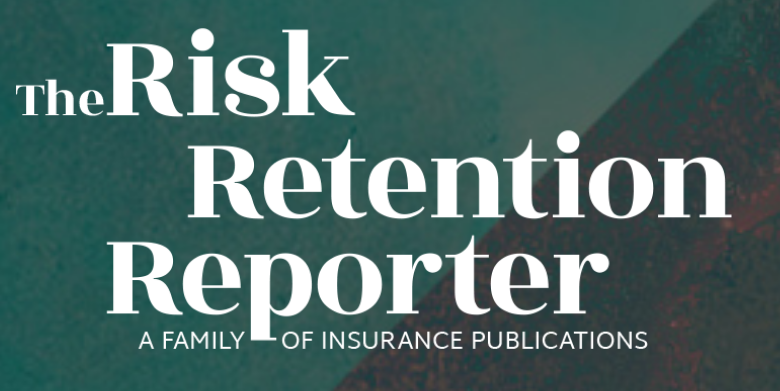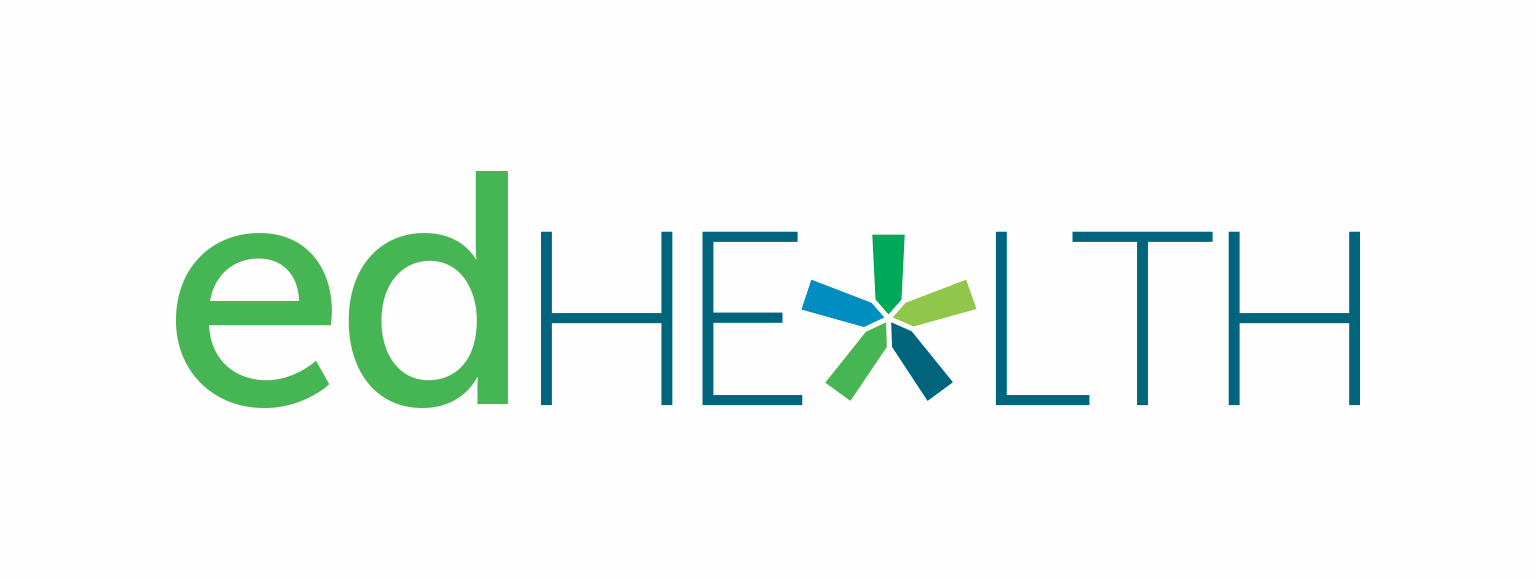Lessons from a Higher Education Captive: 3 Proven Ways to Help Members Navigate the Pandemic
Dec 24, 2020
Reproduced from the December 2020 issue of the Risk Retention Reporter
Download the December 2020 edHEALTH Risk Retention Reporter Reprint.pdf
By CYNTHIA MCGRATH | December 24, 2020
As the coronavirus pandemic has decimated large swaths of the economy, higher education has been hit particularly hard. Many colleges and universities were already experiencing shaky finances before COVID. Sixty percent of schools missed their fall 2019 enrollment goals according to a February 2020 Chronicle of Higher Education story. Changing demographics and drops in international enrollment are cited as primary contributors. There’s been a significant drop in the U.S. birthrate, leading to projected enrollment declines for the foreseeable future. New government policies limited the number of international students who generally pay full tuition prices.
The pandemic has exacerbated these financial pressures. In September, the American Council on Education and the TIAA Institute surveyed college presidents about their most intense concerns. Forty-three percent said long-term financial viability kept them up at night. Freshman enrollment plummeted 16.1 percent nationwide this fall, according to the National Student Clearinghouse Research Center. Overall undergraduate enrollment is four percent lower than it was a year ago. COVID-related travel bans became effective; foreign student enrollment dropped 11.2 percent nationally — 16% in New England. Doug Shapiro, Executive Director of the National Student Clearinghouse, noted that the financial implications from minor drops in enrollment can be severe.
With program cancellations and many students attending classes virtually, revenue from summer school, parking fees, and room and board have plummeted. In a July New York Times article, Yuval Levin, the founding editor of National Affairs, said, “The top 20 schools are probably not going to change. But what is actually higher education — more than 4,000 universities — I think will change a lot.”
Higher education human resources departments have been on the frontlines of trying to bring costs under control. Furloughs, layoffs, early retirement incentives, and benefit cuts are strategies for reducing costs. Knowing that member institutions were facing unprecedented challenges, Educators Health Insurance Exchange (edHEALTH), the health insurance captive for 25 colleges, universities, and other educational institutions, pivoted its strategy from growth to supporting its members and their faculty and staff — financially, strategically, and emotionally. edHEALTH’s three key strategies have helped member schools navigate the pandemic, and offer a roadmap for other captive organizations:
1) Collaboration Forums for Members
Recognizing that collaboration between colleges and universities could help HR departments learn from one another, edHEALTH implemented bi-weekly virtual meetings for its member schools toward the end of March. This approach is in line with author Martin Lindstrom’s advice, “If I’m living at home, the only contact I have with work is through a screen, I feel left out of my tribe, out of the water cooler conversations,” he said. “People are out of balance because they’re afraid and maybe alone. What this means for (captives) is that it is an opportunity to help people feel more in balance by creating a sense of belonging, comfort, and being part of a tribe.”
“Collaboration has always been one of our strengths, and the pandemic increased the importance and usefulness of sharing ideas and best practices,” said edHEALTH president, A. Tracy Hassett. “Member institutions needed to get a handle on how the pandemic would impact claims, and they also wanted to evaluate how layoffs, furloughs, and other cost-cutting strategies affected their healthcare benefit program. edHEALTH’s forum has enabled schools to get some answers to these questions and to share ideas that help their respective institutions weather this crisis.”
All of the member institutions have taken part in these bi-weekly and now monthly calls. Average attendance ranges from 60-65 people, primarily HR and financial staff along with their advisors. “edHEALTH’s member collaboration has been especially valuable as each of our schools face the pandemic, and the ramifications to our faculty and staff populations,” said Marymichele Delaney, Chief Human Resources Officer at College of the Holy Cross. “The edHEALTH Zoom sessions have offered a strategic venue, allowing us to learn about best practices at other institutions and to share our approach during this unprecedented time.” She cites the following topics as those that have been most helpful:
- Conducting successful employee town hall meetings to improve transparency, retention, and productivity
- Mobilizing telehealth to fill gaps in care
- Leveraging Employee Assistance Programs to ease faculty and staff stress
- Managing on-campus health risks for essential workers
- Planning for return to campus of remote workers
edHEALTH provides follow-up e-communications that recap healthcare-related topics discussed. To maintain confidentiality, edHEALTH captures the HR-related discussions, such as furloughs, in a separate document and posts this to a secure portal so that the schools can view as needed.
“edHEALTH’s all-member meetings are helpful for benchmarking our approach to the COVID-19 crisis and sharing best practices,” said Kevin Pierson, Director of Benefits and Wellness at Brandeis University. “It’s also a morale boost to see everyone online during a time when we are all feeling isolated.” David White, Vice President, U.S. Captive Management Services for AIG, notes that the meetings have fostered collaboration by allowing members to ask each other industry questions with real-time polling responses during the meeting. "edHEALTH's smart and strategic approach to bending the healthcare cost curve and promoting member school collaboration provides a real service to the higher education industry,” he said.
“Among the reasons Bennington College decided to join edHEALTH was the opportunity to connect with other colleges and universities,” said Heather Faley, Director of Human Resources for Bennington College, which joined edHEALTH in July. “Sharing information and best practices to navigate the waters in these times of uncertainty is especially valuable.”
To continue the teamwork momentum, edHEALTH held a June member school walking challenge. Member institution faculty and staff competed against other schools for prizes based on steps walked. Boston College, the winning institution, received the coveted “Walk this Way edHEALTH Walking Challenge” trophy.
2) Employee Engagement Communications
Benefit communications are critical for attracting and retaining employees while improving health outcomes, well-being, and overall job satisfaction. MetLife’s 2020 Employee Benefits Trends Study found that employees who understand their benefits report higher rates of holistic wellness than those who don’t understand their benefits (49% compare to 15%). Clear, timely communications about employee benefit features and how to use them can increase their results, especially during extreme circumstances like COVID-19, according to the study.
Employee communications play an important role in reducing healthcare costs. The Massachusetts Health Policy Commission found that lack of patient education, knowledge, and availability of information creates a barrier for individuals to choose the best value health insurance and the right setting to seek care. As a result, people choose high-cost health insurance plans, avoid community hospitals, and go to the ER or urgent care when it is not necessary. These behaviors drive up costs for patients and their employers.
edHEALTH instituted a series of communications to help its member college and university HR staff communicate timely and important information to their employees: how to avoid the coronavirus, identifying the symptoms of COVID-19, and services available through telehealth. In part due to increased awareness of these benefits, the number of visits jumped almost 25,000 over the previous year during the first six months of 2020. Telehealth also filled an important need for mental health services: 24%-32% of all visits were for behavioral health, depending on the school.
“Part of our value proposition is to control healthcare costs for faculty, staff and educational institutions,” said Tracy Hassett. “We know HR and benefits staff are overwhelmed as the result of COVID, and we’ve made a conscious effort to be there to support our HR and benefit colleagues by providing them with information that’s beneficial to them and their staff. By providing this service, we’re taking pressure off them to communicate relevant and useful information to their employees.”
edHEALTH is continuing to expand its library of engagement communications to help employees understand and navigate their benefit options. For open enrollment, edHEALTH produced or is in the process of distributing a variety of communications: a glossary of terms to help employees understand their healthcare options; tips on how to save money on prescription drug costs; and benefit changes effective January 1, 2021. The organization is also soliciting its member institutions for requested future communication topics.
3) Thought Leadership Content
One of the many lessons of COVID is that it’s important to be nimble as we weather these difficult times. The pandemic has decimated the healthcare industry as provider groups closed or limited their practices and canceled or postponed elective procedures. Patients also stayed away to avoid potential exposure. The effects of reduced 2020 healthcare costs, surge in mental health needs, and continued escalation of prescription drug costs will have long-term impacts to the edHEALTH captive, and it’s important to plan so that the organization and its members can respond strategically and effectively. “Higher ed and healthcare have been impacted perhaps exponentially more than other industries due to COVID,” said Tracy Hassett. “edHEALTH is making it a priority to position the captive to be sustainable for current members and for potential member schools looking for opportunities to save money.”
With strategic content goals in mind, edHEALTH implemented two thought leadership initiatives:
Seminar Series
edHEALTH launched a Thought Leadership Series this fall for member owners, business partners, and other stakeholders. After soliciting input from member schools, edHEALTH invited a nationally recognized communication and engagement speaker to discuss employee engagement trends, best practices, and insights. Timely and relevant to higher education and captive industry providers, over 100 people attended the inaugural session. The program received rave reviews.
“We’re founded on the basis of thought leadership,” said Tracy Hassett. “It’s important to demonstrate our leadership not only on things specific to edHEALTH, but also on other needs our members are experiencing.” edHEALTH is planning more programs for 2022.
Top-Issue Articles
Through its newsletter, and amplified via its digital channels, edHEALTH provides in-depth analyses of some of the top issues affecting healthcare and the captive. These articles help lay the groundwork for thinking about and formulating potential solutions to vexing problems. Some of the topics edHEALTH has covered include:
- The hidden effects of reduced 2020 healthcare spending and solutions that can help address these challenges
- How HR can respond to the anxiety and depression crisis
- Reasons why 2021 healthcare costs will be volatile
- Integrating behavioral health with medical health is the right thing to do
“edHEALTH’s timely newsletters present data to members in easy-to-understand ways, including showing how the pandemic is impacting claims and hospital usage trends,” said AIG’s David White. “The accompanying write-ups help members understand the trends impacting their current funding levels and plan for future financing.”
Applying These Lessons to Your Captive
Communicating with members is an ongoing effort. Due to the speed of change during the pandemic, it’s more important than ever to take a proactive approach to conversing with member institutions. Not only will you, the captive organization, gain insight into your members’ needs, it will also help you to respond nimbly. As a bonus, you and your members will also gain human interaction, which we all need now. “Teamwork takes on new meaning during these times, and we look forward to continuing to help our schools and their faculty and staff thrive,” said edHEALTH’s Tracy Hassett.


